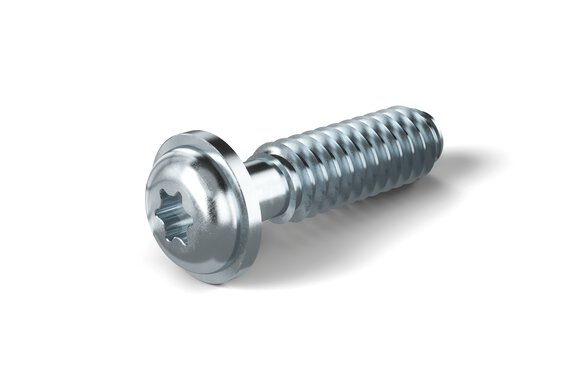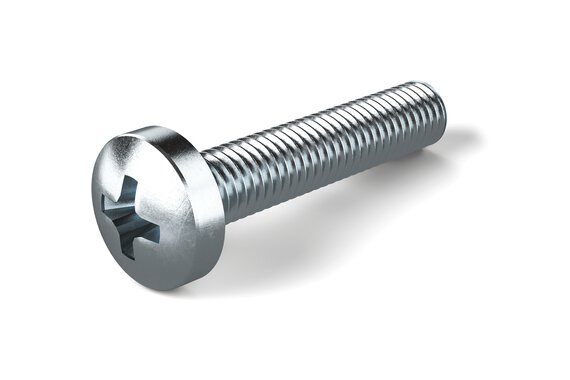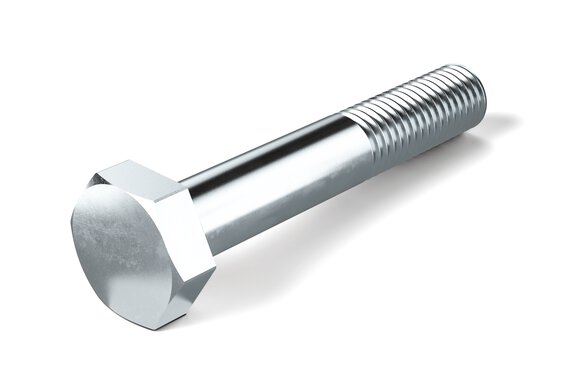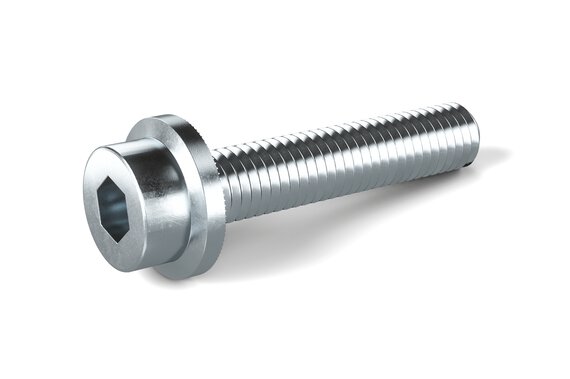The screw thread runs all the way from the tip to the head. Special types are available, such as a heavy-duty tip tapping screw, which penetrates the sheet to be joined so there is no need for prepunching. Double-thread types that take less time to screw in are also available.
Standards
- DIN 7981 C, similar to ISO 7049
- DIN 7981 F, similar to ISO 7049
- DIN 7976, similar to ISO 1479
- DIN 7982, similar to ISO 7050
- DIN 7983, similar to ISO 7051
- B 52030






